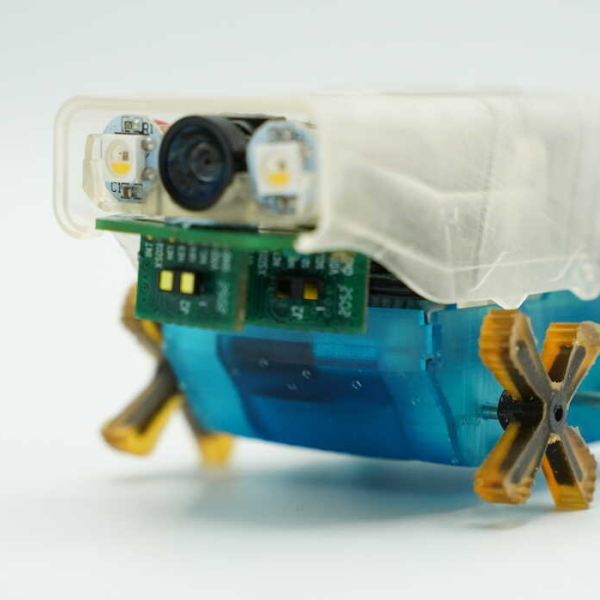It’s a question new makers often ask: “Should I start with a CNC machine or a 3D Printer?”– or, once you have both, every project gets the question “Should I use my CNC or 3D printer?” — and the answer is to both is, of course, “it depends”. In the video embedded below by [NeedItMakeIt] you can see a head-to-head comparison for one specific product he makes, CRATER, a magnetic, click-together stacking tray for tabletop gaming. (He says tabletop gaming, but we think these would be very handy in the shop, too.)
[NeedItMakeIt] takes us through the process for both FDM 3D Printing in PLA, and CNC Machining the same part in walnut. Which part is nicer is absolutely a matter of taste; we can’t imagine many wouldn’t chose the wood, but de gustibus non disputandum est–there is no accounting for taste. What there is accounting for is the materials and energy costs, which are both surprising– that walnut is cheaper than PLA for this part is actually shocking, but the amount of power needed for dust collection is something that caught us off guard, too.
Of course the process is the real key, and given that most of the video follows [NeedItMakeIt] crafting the CNC’d version of his invention, the video gives a good rundown to any newbie just how much more work is involved in getting a machined part ready for sale compared to “take it off the printer and glue in the magnets.” (It’s about 40 extra minutes, if you want to skip to the answer.) As you might expect, labour is by far the greatest cost in producing these items if you value your time, which [NeedItMakeIt] does in the spreadsheet he presents at the end.
What he does not do is provide an answer, because in the case of this part, neither CNC or 3D Printing is “better”. It’s a matter of taste– which is the great thing about DIY. We can decide for ourselves which process and which end product we prefer. “There is no accounting for taste”, de gustibus non disputandum est, is true enough that it’s been repeated since Latin was a thing. Which would you rather, in this case? CNC or 3D print? Perhaps you would rather 3D Print a CNC? Or have one machine to do it all? Let us know in the comments for that sweet, sweet engagement.
While you’re engaging, maybe drop us a tip, while we offer our thanks to [Al] for this one.
Continue reading “Head To Print Head: CNC Vs FDM” →







![photograph of [ronald's] setup](https://hackaday.com/wp-content/uploads/2025/04/groovy_lathe.png?w=301)

![An image of the main column of [Chris]'s CNC mill as the concrete is added. The steel reinforcement is clearly visible.](https://hackaday.com/wp-content/uploads/2025/04/pouring-concrete-mill.png?w=400)










